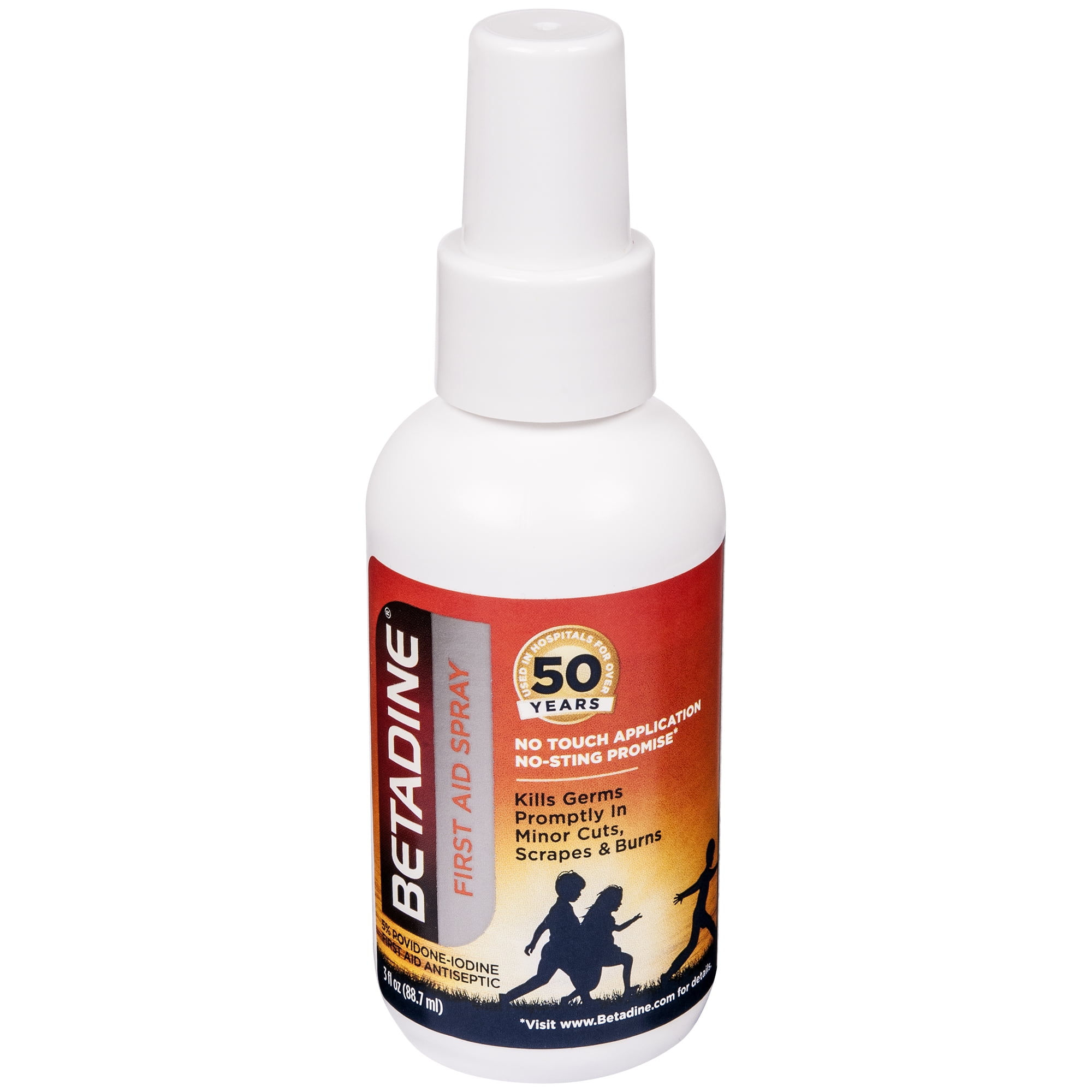


Explain the procedure to the patient and ensure his co-operation. Settle the patient comfortably in an area with good lighting and ensure all the necessary material is prepared. For drainage: corrugated rubber drain or equivalent, nylon suture. Sterile absorbable and non-absorbable sutures. Sterile gloves, fenestrated sterile towel. For local anaesthesia: sterile syringe and needle 1% lidocaine (without epinephrine). Instruments to suture one wound for one patient must be packaged and sterilised together (suture box or set) to limit handling and breaks in asepsis. One or two other artery forceps, a pair of Farabeuf retractors and a scalpel may be useful for a contused or deep wound. One dissecting forceps, one needle-holder, one pair of surgical scissors and one Pean or Kocher forceps are usually enough. prevent local (abscess) or general (gas gangrene tetanus) infections. immediately suture recent, clean, simple wounds (less than 6 hours old) and delay suturing contaminated wounds and/or those more than 6 hours old. identify wounds that need to be sutured and those for which suturing would be harmful or dangerous. 
rapidly treat wounds, while maintaining the rules of asepsis and the order of the initial procedures: cleaning-exploration-excision.The goal of treatment is to assure rapid healing of the wound without complications or sequelae.
#Povidone iodine rinse for cut fingers skin
A simple wound is a break in the continuity of the skin limited in depth at the sub-cutaneous fatty tissue, that does not affect the underlying structures (muscle, bone, joints, major arteries, nerves, tendons) and without significant loss of tissue.







 0 kommentar(er)
0 kommentar(er)
